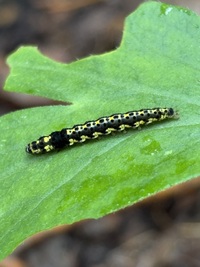
| Recorded by: Owen Carson on 2025-09-25
Buncombe Co.
Comment: Larva was on Phacelia bipinnatifida. | 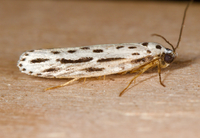
| Recorded by: Jim Petranka and Becky Elkin on 2025-07-26
Madison Co.
Comment: |

| Recorded by: Jim Petranka on 2025-03-30
Madison Co.
Comment: | 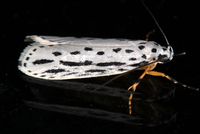
| Recorded by: Jim Petranka on 2025-03-29
Madison Co.
Comment: |

| Recorded by: Jim Petranka on 2024-08-03
Madison Co.
Comment: | 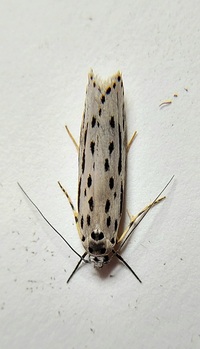
| Recorded by: Mark Basinger on 2024-05-14
Buncombe Co.
Comment: |

| Recorded by: Mark Basinger on 2024-05-14
Buncombe Co.
Comment: | 
| Recorded by: Jeff Niznik on 2024-05-12
Madison Co.
Comment: |

| Recorded by: Jim Petranka on 2024-05-05
Madison Co.
Comment: | 
| Recorded by: tom ward on 2024-05-02
Buncombe Co.
Comment: |
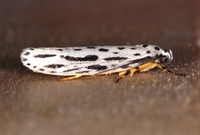
| Recorded by: Jim Petranka and Becky Elkin on 2024-05-01
Madison Co.
Comment: | 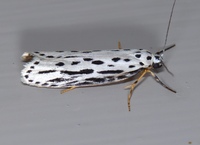
| Recorded by: Jim Petranka on 2024-04-29
Madison Co.
Comment: |
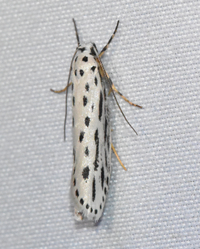
| Recorded by: Emily Stanley on 2024-04-18
Buncombe Co.
Comment: | 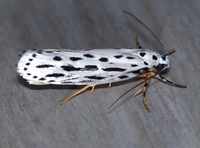
| Recorded by: Jim Petranka on 2024-04-14
Madison Co.
Comment: |

| Recorded by: Jim Petranka on 2024-04-01
Madison Co.
Comment: | 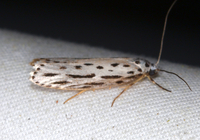
| Recorded by: Jim Petranka on 2023-05-08
Madison Co.
Comment: |
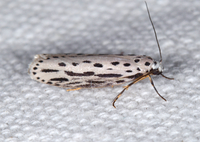
| Recorded by: Jim Petranka on 2023-04-21
Madison Co.
Comment: | 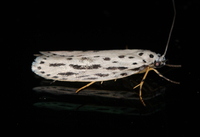
| Recorded by: Jim Petranka on 2023-04-15
Madison Co.
Comment: |

| Recorded by: Jim Petranka on 2023-04-04
Madison Co.
Comment: | 
| Recorded by: Jim Petranka on 2023-03-25
Madison Co.
Comment: |
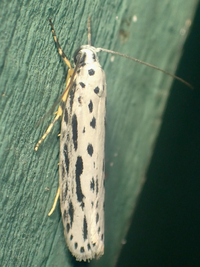
| Recorded by: tom ward on 2022-07-27
Buncombe Co.
Comment: | 
| Recorded by: Jim Petranka on 2022-07-15
Madison Co.
Comment: |
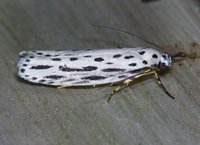
| Recorded by: Jim Petranka on 2022-07-09
Madison Co.
Comment: | 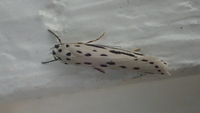
| Recorded by: Erich Hofmann on 2022-06-16
Buncombe Co.
Comment: |

| Recorded by: tom ward on 2022-06-07
Buncombe Co.
Comment: | 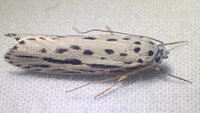
| Recorded by: tom ward on 2022-06-02
Buncombe Co.
Comment: |

| Recorded by: tom ward on 2022-05-31
Buncombe Co.
Comment: | 
| Recorded by: Vin Stanton on 2022-05-21
Buncombe Co.
Comment: |

| Recorded by: tom ward on 2022-05-19
Buncombe Co.
Comment: | 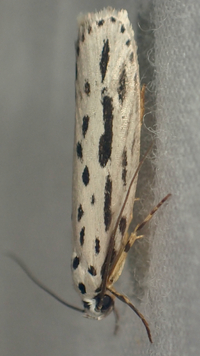
| Recorded by: tom ward on 2022-05-16
Buncombe Co.
Comment: |
|

 »
»

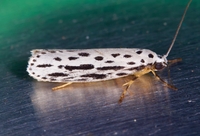


 »
»


